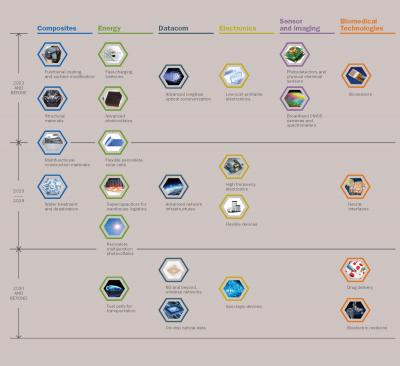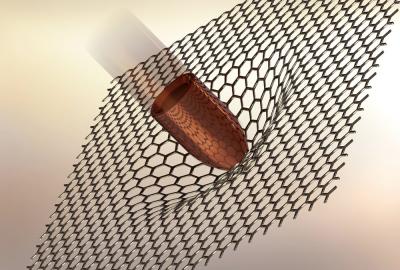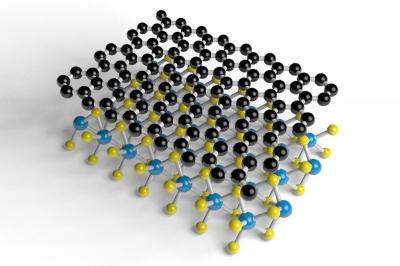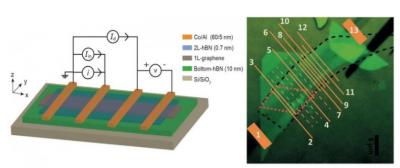The Graphene Flagship announces its 2019-2030 graphene application roadmap
The EU Graphene Flagship has published its graphene application roadmap, showing when the flagship expects different graphene applications to mature and enter the market.
 As can be seen in the roadmap above (click here for a larger image), the first applications that are being commercialized now are applications such as composite functional coatings, graphene batteries, low-cost printable electronics (based on graphene inks), photodetectors and biosensors.
As can be seen in the roadmap above (click here for a larger image), the first applications that are being commercialized now are applications such as composite functional coatings, graphene batteries, low-cost printable electronics (based on graphene inks), photodetectors and biosensors.








